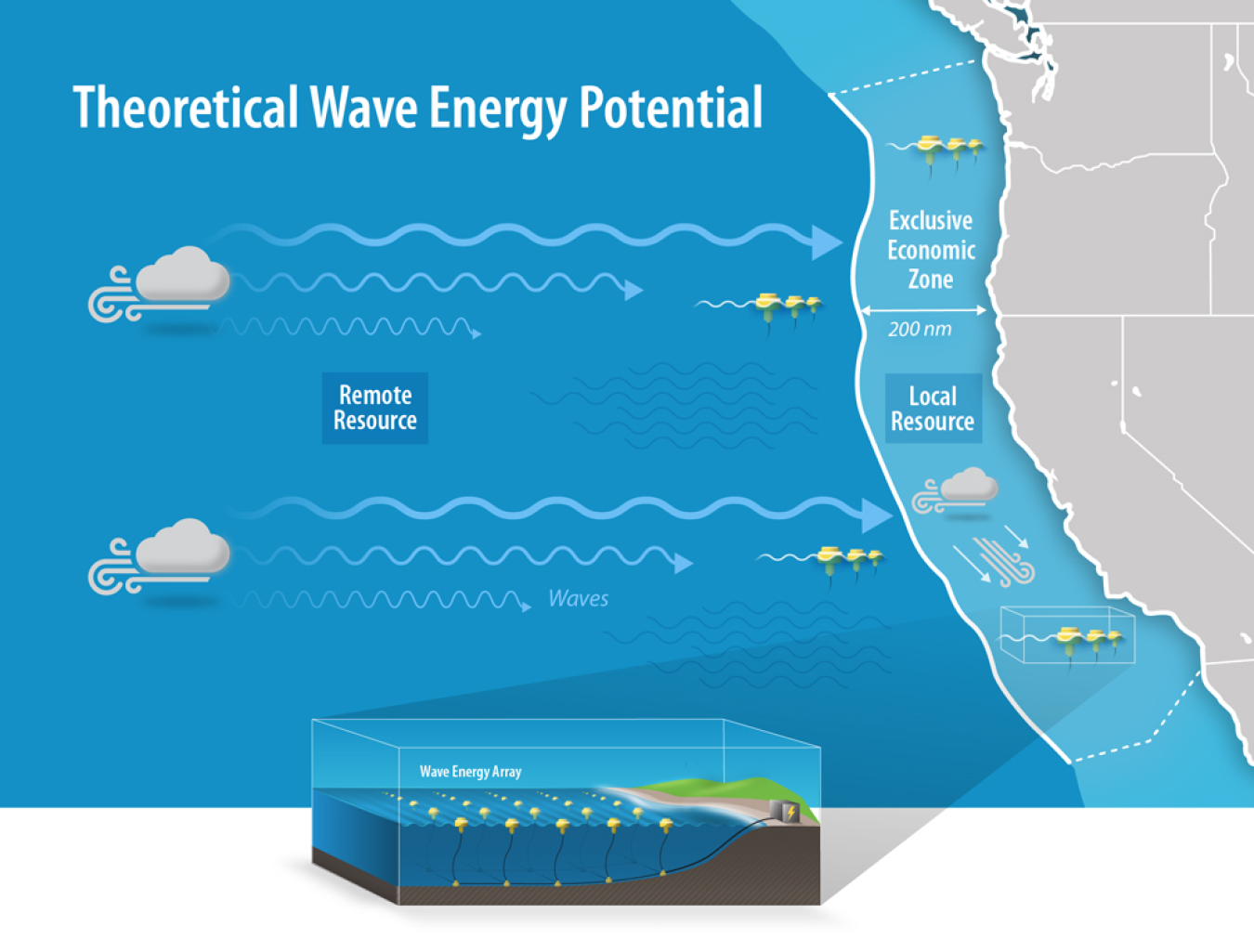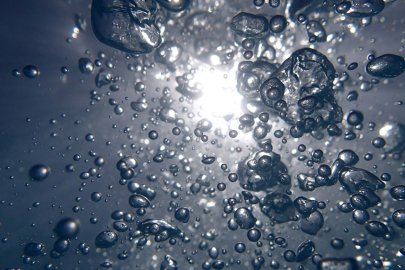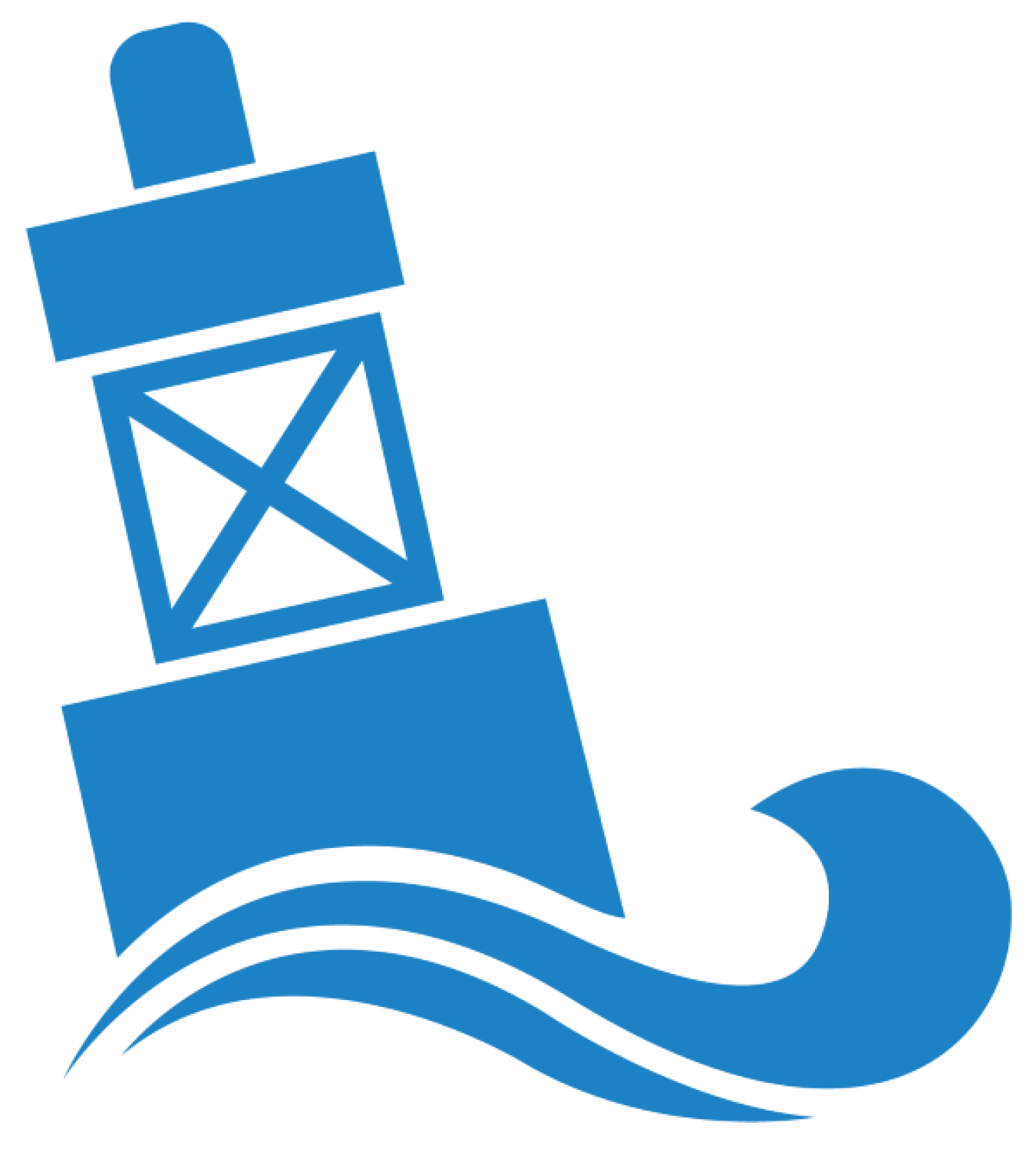National laboratory researchers designed a potentially more comprehensive and accurate methodology to measure wave energy in the United States and around the world.
Water Power Technologies Office
March 14, 2024Marine Energy Program
Foundational Research and Development
Project Name: Model Validation and Site Characterization for Early Deployment MHK Sites and Establishment of Wave Classification Scheme
Project Team: National Renewable Energy Laboratory and Pacific Northwest National Laboratory
Lead Recipient Location: Golden, Colorado, and Richland, Washington

Researchers from the National Renewable Energy Laboratory (NREL) and Pacific Northwest National Laboratory (PNNL) designed a potentially more comprehensive and accurate methodology to measure wave energy in the United States and around the world. In their study, which was published in the journal Renewable Energy, the researchers developed a new methodology and used their approach to provide an updated estimate of the United States' available wave energy. They also addressed shortcomings of previous national wave resource assessments.
Because wave energy technologies are still at an early stage of development, the research team’s methodology is based on theoretical estimates of how much energy future devices might generate. However, if the method becomes an industry standard, it could help the industry advance their designs toward commercial success. With more accurate, consistent data, technology developers can more easily compare their design to others and glean how much energy their device might produce in real ocean waves—two markers that could help developers refine and improve their devices. Plus, more consistent data could help increase confidence in the industry, which could encourage more investment.

In a recent WPTO-funded study published in Renewable Energy, researchers improved on previous methods for measuring wave energy by accounting for wave direction and local waves, which may produce more accurate estimates.
For this study, the research team addressed several gaps that existed in previous data collection methods. For example, previous methodologies did not account for wave direction—or where waves roll in from—which can lead to double-counting waves. Their new method also works for all measurement scales, from small, single-project sites all the way up to the entire ocean. PNNL researchers designed the theoretical wave model, and NREL researchers offered extensive background on what data the wave energy industry and policymakers need to advance their technologies and clean energy plans.
After the multi-laboratory team completed their new tool, they used it to reevaluate how much wave energy flows through U.S. waters. Although they found that the country's wave energy potential could be about 25% higher than previous estimates, their results must be interpreted cautiously. During their study, the team also discovered a bias in the original dataset that could mean their new estimate is 20% to 40% higher than reality.
Next, the team plans to incorporate more datasets to improve their new methodology. With that, the team could also begin to move beyond theoretical estimates, which provide data on the total amount of energy that could be harnessed from the ocean if there were no obstacles. Estimates of the practical wave energy resources—how much wave energy countries could realistically harness given constraints, including technological, economic, environmental, regulatory, and even geographic limitations—could provide developers and countries with a more concrete understanding of how much energy they could harness and how that energy could potentially serve larger decarbonization goals.
-
National laboratory researchers designed a potentially more comprehensive and accurate methodology to measure wave energy in the United States and around the world.
-
 A national laboratory-led team deployed a first-of-its-kind marine carbon dioxide removal in Sequim, Washington. The system, developed by Ebb Carbon, is capable of sequestering 100 tons of carbon dioxide per year.
A national laboratory-led team deployed a first-of-its-kind marine carbon dioxide removal in Sequim, Washington. The system, developed by Ebb Carbon, is capable of sequestering 100 tons of carbon dioxide per year. -
 Team develops artificial intelligence-based system that searches for optimal placement and monitors environmental effects of marine energy devices.
Team develops artificial intelligence-based system that searches for optimal placement and monitors environmental effects of marine energy devices. -
 Researchers proved that taking a co-design approach to building a wave energy converter results in a more durable, powerful, and efficient device.
Researchers proved that taking a co-design approach to building a wave energy converter results in a more durable, powerful, and efficient device. -
 National laboratory researchers explore a new laser surface modification approach for marine energy devices to reduce corrosion and biofouling.
National laboratory researchers explore a new laser surface modification approach for marine energy devices to reduce corrosion and biofouling.
WPTO's marine energy e-newsletter shares news and updates on tools, analysis, and emerging technologies to advance marine energy.
The WPTO e-newsletter brings funding opportunities, events, publications, & hydropower and marine energy updates directly to your inbox.


